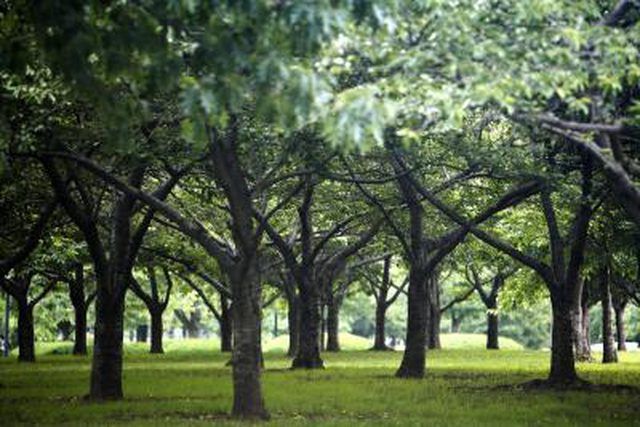Bulbs
Flower Basics
Flower Beds & Specialty Gardens
Flower Garden
Garden Furniture
Garden Gnomes
Garden Seeds
Garden Sheds
Garden Statues
Garden Tools & Supplies
Gardening Basics
Green & Organic
Groundcovers & Vines
Growing Annuals
Growing Basil
Growing Beans
Growing Berries
Growing Blueberries
Growing Cactus
Growing Corn
Growing Cotton
Growing Edibles
Growing Flowers
Growing Garlic
Growing Grapes
Growing Grass
Growing Herbs
Growing Jasmine
Growing Mint
Growing Mushrooms
Orchids
Growing Peanuts
Growing Perennials
Growing Plants
Growing Rosemary
Growing Roses
Growing Strawberries
Growing Sunflowers
Growing Thyme
Growing Tomatoes
Growing Tulips
Growing Vegetables
Herb Basics
Herb Garden
Indoor Growing
Landscaping Basics
Landscaping Patios
Landscaping Plants
Landscaping Shrubs
Landscaping Trees
Landscaping Walks & Pathways
Lawn Basics
Lawn Maintenance
Lawn Mowers
Lawn Ornaments
Lawn Planting
Lawn Tools
Outdoor Growing
Overall Landscape Planning
Pests, Weeds & Problems
Plant Basics
Rock Garden
Rose Garden
Shrubs
Soil
Specialty Gardens
Trees
Vegetable Garden
Yard Maintenance
Types of Grass That Grow Under Shade Trees
Types of Grass That Grow Under Shade Trees. Most types of grass require full sun to sustain normal growth. They thin out and become susceptible to diseases when planted under shade trees. A few grasses tolerate shade, but they require different cultural practices that those that require full sun.

Most types of grass require full sun to sustain normal growth. They thin out and become susceptible to diseases when planted under shade trees. A few grasses tolerate shade, but they require different cultural practices that those that require full sun.
Types
Shade-tolerant, cool-season grasses, such as tall fescue and fine fescue, do well in the Northern United States. Shade-tolerant, warm-season grasses, such as St. Augustine and zoysiagrass, do well in the Southern United States.
Considerations
Cut the grass at the highest recommended mowing height to make more of the blade surface available for photosynthesis in low-light situations. Irrigate grass plants deeply to reduce competition with tree roots for water. Remove tree limbs, leaves and grass clippings that prevent sunlight from reaching the grass.
Warning
Many seed mixtures include Kentucky bluegrass, which is not suitable for growing under shade trees. Select seed mixtures that include at least two varieties of shade-tolerate species, such as rough or supine bluegrass.